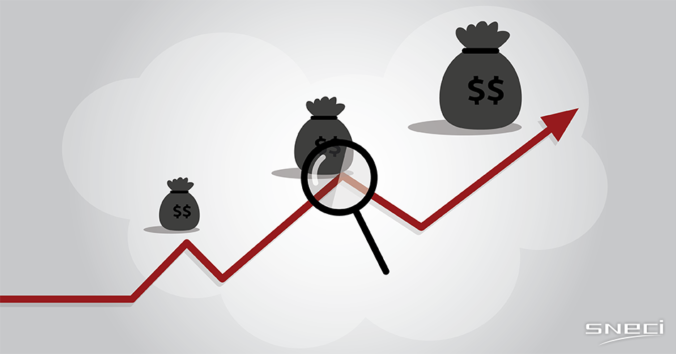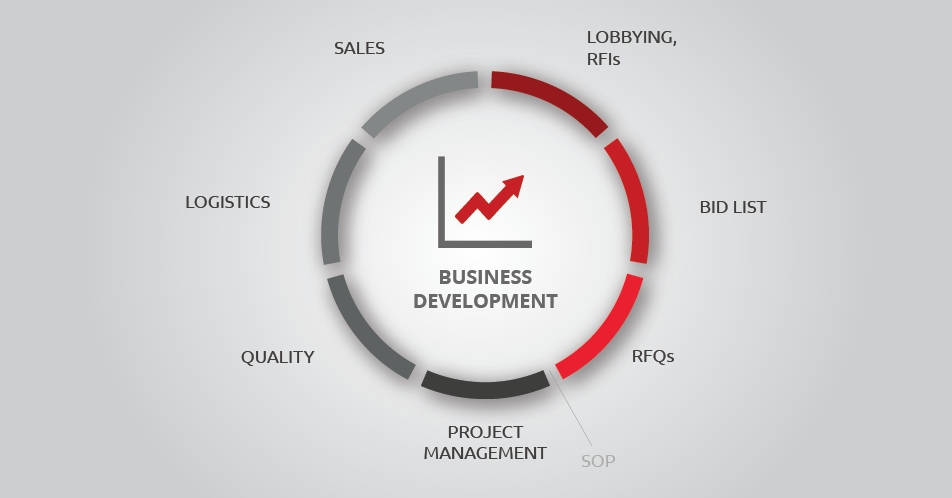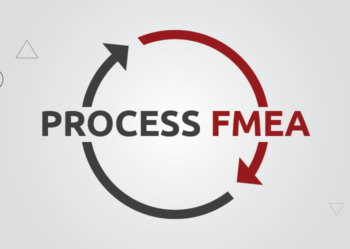What is the true cost of Business Development for automotive suppliers?

Automotive has always been one of the most competitive industries in the world.
With the rise of Electric Vehicles, autonomous driving, and car-sharing, the disrupted car industry is more ruthless than ever. Both carmakers and automotive suppliers need to make large investments in R&D to stay ahead of the competition, spending tens of billions of dollars on innovations every year.
While most car parts manufacturers recognize the importance of investing in R&D alongside the creation and optimization of production plants, Business Development is one of the areas where investments are still highly overlooked today.
One of the main reasons being that Business Development is not as tangible as fixed assets (for example, plants or machinery) or even as Research and Development investments.
The second reason is related to the life cycle of the automotive industry: a program won today will only come in production in two to three years. Therefore, the return on investment in Business Development is considerably long for all players in the car industry.
So, at the end of the day, what is the true cost of Business Development for automotive suppliers? Stanislas Bailly, Managing Director of SNECI group, has shared his thoughts on this matter.
“Time to enter a new carmaker” as a main Business Development cost
Before answering the question, let’s distinguish well-established in the carmaker’s supplier panel players from newcomers. Business development costs for these two groups will be completely different since it takes longer for a newcomer to understand how to work with a new carmaker and, consequently, to get awarded the first business.
The first step for an outsider will be to convince the new carmaker of its added value in order to even be considered as a potential supplier. This is done through active lobbying with the top management of the auto manufacturer and potentially answering to the RFIs (Requests For Information). In case of success, the supplier will then enter the bid list.
This step can take quite some time as finding the key decision-makers inside a large and complex organization of a carmaker is not an easy task. Working with organizations like SNECI, that know how to navigate in such environment and have a large network inside these companies, can significantly decrease the time and, thus, the cost of entering a new carmaker for the automotive supplier.
Once on the bid list, car part producers will be allowed to compete on the RFQ (Request For Quotation). During this phase, each supplier should be able to demonstrate its technical capability while showing good competitiveness. Suppliers will also need to submit in-depth technical documentation following the carmaker’s methodology. Since each carmaker has its own standards and methodology (CSR or Customer Specific Requirements), it takes a lot of time and energy for newcomers to win the first business. For the sake of reducing costs, supplier teams need to be trained on these methodologies beforehand.
Let’s say you got lucky and have finally gained business with a carmaker. Bad news, your business development costs don’t stop here! After the long-expected nomination, the supplier will have to engage Project Managers to supervise the Development phase. The latter are usually supported by a Quality team, ensuring that the industrialization of the parts meets the standards of the carmaker. Quite often, suppliers tend to underestimate the amount of work that has to be done during the project development period.
Finally, in the course of serial life production, producers will require Logistics Managers to organize and monitor the delivery of the parts to the carmaker’s plants. They will also be responsible for various administrative matters like invoicing and payments. In the meantime, Quality Managers will have to stay present in case of any quality issues and the Sales team will follow-up the project to discuss the day-to-day commercial activities such as yearly productivities and links with new business.
So, what is the real cost of Business Development for car part suppliers?
The description above shows that when estimating the cost of Business Development we need to make a distinction between the cost of sales (only the sales personnel) and the cost of Business Development itself. As mentioned earlier, the last one often includes employees in Quality, Project Management, Logistics, and General Administration.
Moreover, depending on the nature of the parts delivered to the customers and size of the business, the company’s overall cost structure will differ, and so will the cost of Business Development.
There is, hence, no simple answer to the question. Depending on the scope included, products and size of a business, Business Development costs range anywhere between 1% and 10%. This percentage can even go higher if one considers the risk of having a bad team that could lead to the loss of existing businesses.
Externalizing Business Development activities significantly reduces its costs
What we have seen throughout the years, is that automotive suppliers tend to underestimate the total cost of Business Development, especially in the case of entering a new country or a new carmaker. The accurate estimation of costs is crucial for an automotive supplier in order to decide on its strategy. Hiring a full team will require hundreds of thousands of euro every year, with no guarantee of success, not to mention that it might be especially tricky to find the right resources in a country where your company has no experience. Keeping that in mind, in most cases, it is much more productive for automotive suppliers to externalize Business Development activities. This will not only lower its total cost but also speed up the time to win new businesses.
Stanislas Bailly has joined SNECI in 2010 and since then was actively engaged in group’s Business Development activities. He spent three years in Shanghai where he has successfully established one of SNECI’s international branches. In 2017, Stanislas Bailly was appointed as Managing Director of SNECI Group. He is also responsible for our Partnership and M&A activities.
If you wish to know more about how SNECI can support you in Business Development in the countries where we are located, please feel free to contact us.









